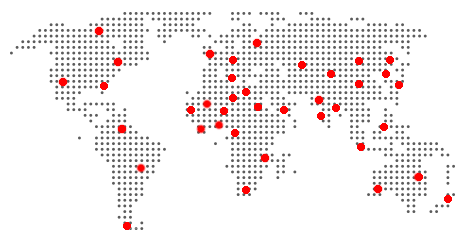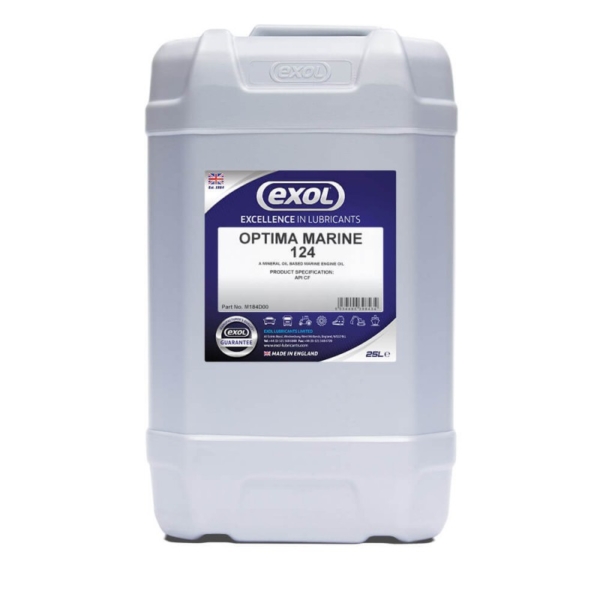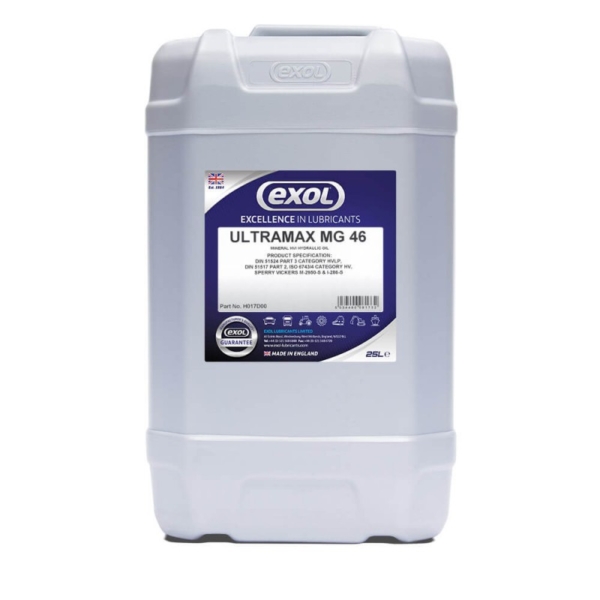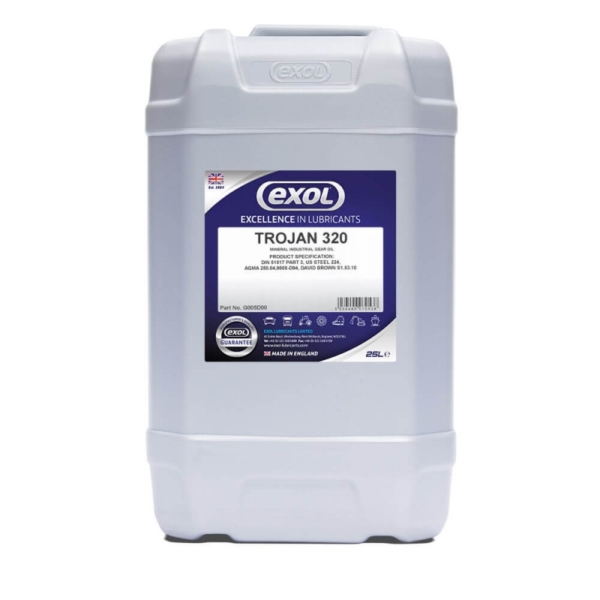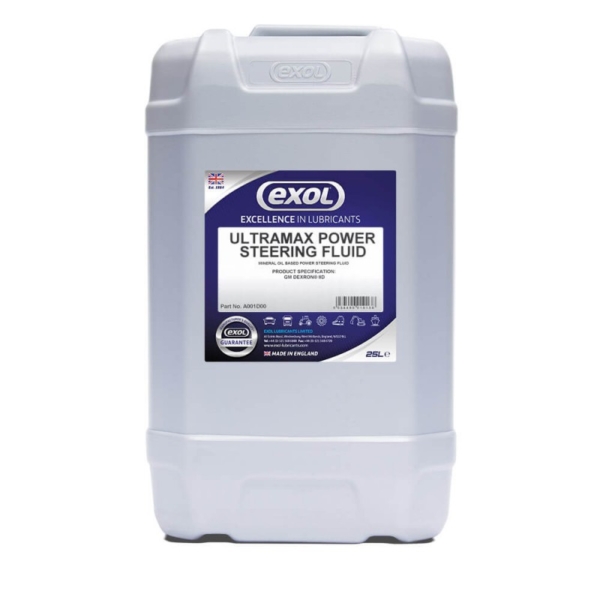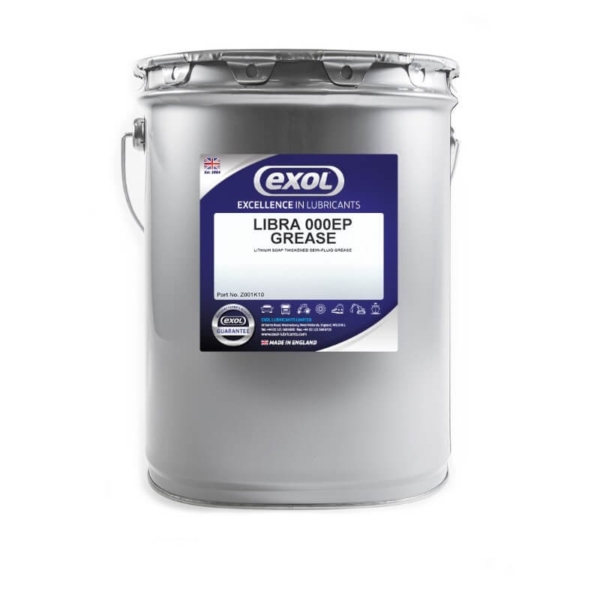Marine

Exol's Marine lubricants and fluids encompasses a wide variety of applications including engines, hydraulics and stern tubes. The range includes specialised bow thruster fluids, biodegradable lubricants and sophisticated greases.
What Does Marine Oil Mean
How Often Should You Change Oil In A Marine Diesel
How Does Marine Oil Cooler Work
How Long Does Marine Oil Last
Is There A Difference In Marine Oil And Regular Oil
Does Marine Oil Go Bad
Can I Use Marine Oil In My Car
What Is Marine Fogging Oil
What Is Marine Fuel Oil
What Is Marine Diesel Oil
What Is Marine Gas Oil
What Is Marine Gear Oil
What Is Marine Engine Oil
What Is Marine Gas Oil MGO
Marine diesel oil describes fuels that are made from distillates and heavy fuel oils specifically for the marine sector. The different blending ratios of marine diesel oil are controlled directly by processes in the refinery or by blending ready-made marine fuels. Unlike heavy fuel oil, marine diesel oil does not have to be heated during use and/or storage.
As emission limits become ever stricter, heavy fuel oils with higher sulphur contents (3.5%) have been phased out. Current limits on Sulphur in marine fuel oils are 0.5% (IMO 2020) and 0.1% in Emission Controlled Areas continuing the drive for greener emissions from shipping operating around the globe. The limit now reduces Sulphurous and particulate emissions from shipping, equivalent to 8.5 million tonnes annually. As a result, these changes will reduce strokes, asthma, lung cancer, cardiovascular and pulmonary diseases.
Marine Engine Oil
Engine oils for use in marine engines are completely different from those engine oils used in cars and lorries. Marine engines operate within corrosive environments, run on higher Sulphur fuels than road vehicles and generally operate at low and medium speeds.
Marine engines vary considerably in size from small pleasure craft to some of the largest cargo and passenger vessels on the ocean today. Typical manufactures are Wartsila, MAK and MAN with other OEM’s manufacturing smaller engines such as Yanmar.
When formulating marine engine oils, the choice of operating fuel was critical prior to IMO 2020. High or very high levels of Sulphur would produce large amounts of acidic combustion products which the engine oil must neutralise. Other contaminants from heavy fuel oils such as asphaltenes would have specific effects on the engine oil and critical moving parts and/or engine galleries and bearings. These types of contaminants laid the foundation for marine engine oils to contain varying levels of TBN (Total Base Number), detergent / dispersant technology and base oil selection.
It would be very simplistic to state that marine engine oils should now only have reduced levels of TBN. A value of 12 would easily cover the maxima of 0.5 Sulphur with additional reserve; however, the formulation would be unbalanced and not address the demands lower Sulphur, cleaner fuels demand.
Marine Engine Oil Viscometrics
With low speed and medium speed marine engine oils the viscosity of choice is an SAE 40. Multigrades are not recommended therefore eliminating any possible shearing and or temporary loss of viscosity in bearings, camshafts, piston rings etc subject to high temperature and high-pressure.
There are many reasons an SAE 40 is used from historical to low oil consumption rates. Base oils have typically been Group I with Brightstock to obtain the desired viscosity. In recent years the use of more stable base oils such as Group II has increased and with recent global supply shortages replacement technologies for Brightstock have been investigated with some haste.
One of the biggest hurdles in the use of Group II base oils was solubility. When heavy fuel oils were used, asphaltene levels would increase within the oil until agglomeration would lead to deposits in galleries and underneath the piston crown. This was of particular concern as deposits under the piston crown reduce the cooling efficiency of the engine oil. The lower solubility of Group II base stocks produced an inferior engine oil even though the base constituents were more stable. Additional additives are needed to address the solubility hence the need for balanced formulations.
Marine Engine Oil Formulations
As discussed, there is an absolute need to address the fundamental needs of a marine engine oil. Vanadium for instance is an element found in marine fuel which when in contact with Sodium leads to hot corrosion. Sulphur albeit to a lesser degree today leads to cold corrosion particularly in modern engines operating at lower temperature to reduce NOX levels.
Cold corrosion leads to:
- Excessive cylinder oil fouling
- Sticking up of ring grooves
- Sticking of piston rings
- Degradation of the surface by removal of iron particles
- Decreased operational life of cylinder liners
Balanced formulations are the only way to address the very specific requirements of marine engines. TBN levels are required to control the formation of acids:
| Sulphur Content | TBN |
| <0.25 | 10 mgKOH/g |
| 0.25-1.0 | 10-20 mgKOH/g |
and should be chosen to specifically address the fuels in use.
Engine cleanliness is vital for all engines. Blocking of oil galleries will ultimately lead to engine hotspots and failures requiring the correct and tailored dispersants and detergents required.
Anti-oxidants, metal inhibitors, corrosion control and antiwear additives complete the formulation. Modern marine engine oils have developed over many years to become complex mixtures tailor specifically to the unique environments marine oils operate in.
Marine Engine Oils – Future directions
The use of conventional fuels will reduce with time and indeed shipping is already utilising other fuels such as gas in ferries and cargo shipping. Dual fuelled engines have also been in operation for many years.
Operating on gas has many attractive attributes from reduced greenhouse emissions – typically 20%, NOx reduced by up to 90% and being virtually free of Sulphur eliminates SOx and its harmful effects on the engine and the wider environment i.e. acid rain.
Operating a marine engine on gas requires a different type of technology. Whilst the basic form of the engine oil remains the same i.e an SAE 40 the need to mitigate certain elements such as Sulphur is no longer relevant. Detergents and dispersants are needed in all engine oils for cleanliness; however, the biggest issue becomes oxidation which if left unchecked leads to deposits in ring packs, increased oil viscosity and corrosion. TBN values are still needed but remain at a much lower value of 5 – 6 mgKOH/g. Dispersant chemistries are very specific, and a minimum of Group II base stocks are required to deal with the higher temperatures the oil will be exposed to in use.
Future fuels will no doubt develop for use in shipping. Ammonia has the benefit of being free from Carbon hence there will be no CO2 released to contribute to global warming. OEM’s are looking at alternative fuels and MAN have stated they will be launching a ship in 2024 running on ammonia fuel.
4 Types of Marine Oil
There are many types of marine oil used within the marine sector from large cargo ships, ferries, and passenger liners to small watercraft used within the leisure industry. The following is a brief overview of these.
Marine Engine Oils
Marine engine oils have been formulated for many years by taking into consideration the amount of Sulphur in the fuel being used. IMO 2020 limited Sulphur in fuels to 0.5%; outside of controlled zones, hence the marine sector has reformulated its oils taking into account new challenges.
Whilst higher Sulphur fuels can be used in marine applications, the use of exhaust scrubber systems is required to limit environmental pollution. Alternative fuels such as gas are being used in shipping and ultimately carbon neutral fuels such as Ammonia investigated to future proof the industry.
All marine engine oils share some common characteristics. They are predominately an SAE 40, contain corrosion and antioxidant additives, anti-wear additives, dispersants, detergents have a BN of 20 or less (0.5% Sulphur Fuels) and base upon group I or Group II base stocks with limited amounts of heavy oils. Redesigning marine engine oils has been required to ensure formulations are well balanced and able to cope with new fuels whilst operating in older engines.
Other future fuels to decarbonise the industry exist such as Hydrogen, biomethane, ethanol and methanol. All these potential fuels have their own unique challenges be they oil related or in the infra structure required for bunkering. The next 10 years will see a significant reduction in Sulphurous emissions and particulates with a greater move towards carbon neutral shipping especially amongst those industries wishing to attract green investments.
Marine Hydraulic Oils
Hydraulic oils used with the marine sector cover a multitude of applications. As with any hydraulic fluid it is vital that the same properties are formulated i.e., antifoaming, water control and anti-wear; however, the nature of the operating environment means a higher level of corrosion control is vital to protect the various metals used within marine hydraulic systems.
For systems such as watertight doors, ramps, platforms, davits, cranes, winches and capstans
the ability to operate across a wide temperature range is vital. Simple 32 hydraulic oils provide a typical temperature range below:
- -10°C to +65°C
however a more realistic working range would be:
- -10°C to +46°C
For enhanced working ranges other types of hydraulic oils are best used such as those with high viscosity index or biodegradable synthetic esters offering additional environmental benefits:
- HVLP = -18°C to +47°C
- Synthetic Ester = -21°C to +47°C
(Figures quoted are working ranges)
Obviously for shipping operating in extremes such as artic conditions oils with a higher viscosity index would be preferred.
Marine Gear Oils
Marine gear oils and automotive gear oils are NOT the same. Yes, the applications are very similar, but the operating conditions are very different making their formulation needs very specific. Marine gear oils are by their application prone to water ingress and be able to neutralise the effects of corrosive sea water.
The fundamental differences between automotive and marine gear oils are the ability to control water and levels of antifoaming additives. Whilst this is somewhat simplistic, this does point out how the misapplication of products can lead to serious issues in use. Marine gear oils react to water ingress by emulsification. This provides consistent lubrication, prevents pooling and corroding metal surfaces.
Both automotive and marine gear oils share some common characteristics such as EP additives for wear protection, defoaming additives and metal surface protection; however, as with many applications the environment makes for specific additive choices.
As with all lubricants the quest for ever more environmentally acceptable lubricants for VGP (Vessel General Permit) compliance has led to their reformulation.
Typical applications for marine gear oils are:
- Thrusters
- CPP (Controllable Pitch Propellers)
- Deck Equipment
Marine Stern Tube Oil
Marine oils used in stern tubes are specifically formulated for use in stern tubes and stabilisers applications where the risk of water ingress can occur. Stern tube oils are formulated to deal with marine and fresh water by forming an emulsion to prevent free water being present whereas the use of conventional oils would lead to free water exposing components and metal surfaces to corrosion and wear damage.
VGP (Vessel General Permit) has required that all oils used in applications where losses are possible should implement the use of environmentally aware lubricants. To this end biodegradable versions of Stern tube lubricants have been available for some time.
Good quality stern tube oils can deal with up to 10% water ingress before draining and refilling is required.
Good quality stern tube oils offer:
- High levels of lubrication in the presence of water.
- Excellent corrosion protection.
- Compatibility with metal, previous oils including engine oils.
There are many types of marine oils used within vessels to lubricate vital moving parts. In all cases it is important to realise that marine is a unique sector with unique problems which require bespoke solutions. The use of other oils will operate equipment successfully but over time problems will increase as the lack of additives to combat corrosion for instance will lead to lubrication failure.
The simple adage should be "You wouldn’t put a car oil in a lorry so why use anything other than marine oil”

